
20 Mar 2025

Metropia
No overview found

Filmed as part of Akerman’s film school entrance exam, these raw and playful 8mm miniatures capture life at a Brussels fairground and the courtyard of a hotel, alongside an oblique, two-part fiction set in the seaside shops of Knokke.

20 Mar 2025

No overview found
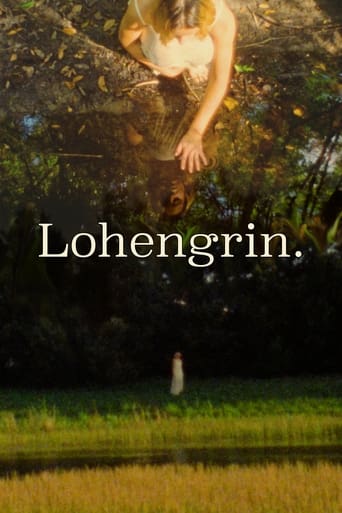
27 Apr 2024

A short experimental film shot on Super 8, inspired by the music of Richard Wagner.

16 Feb 2025

The nature of bird and man.
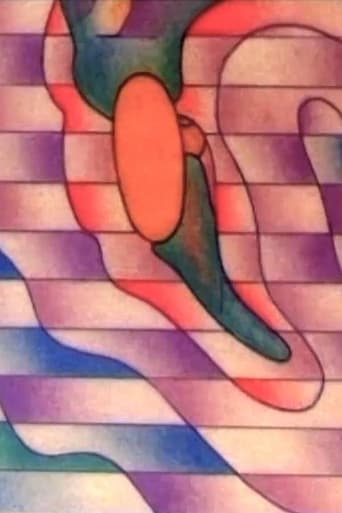
01 Jan 1986

An individual finds that the world that intrudes upon his personal life cannot be escaped, and he turns to the next generation.
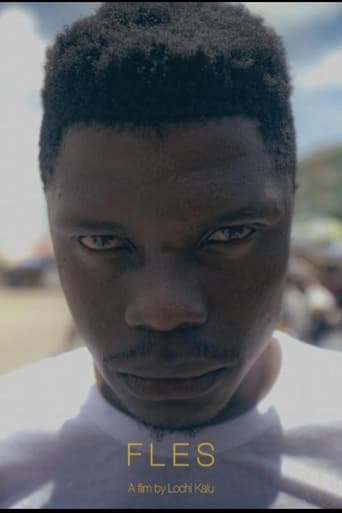
21 May 2023

A young man sits at a local restaurant with his friend: but he isn't paying attention to her as she speaks. This film visualizes his chaotic state of mind and how he uses mindfulness practice to tune back into the conversation. Mindfulness is being able to sit with and observe your thoughts. Being mindful improves focus and mental health. FLES is SELF spelt backwards.
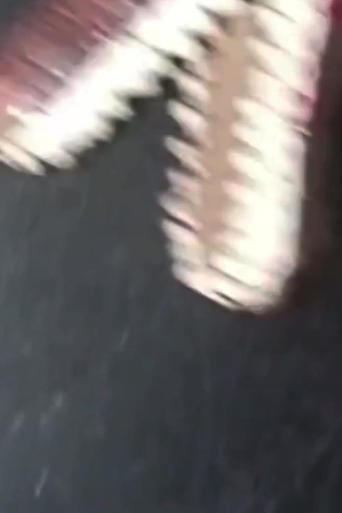
19 Feb 2025

A political assassination leads to division and chaos.

31 Mar 2001

Host Scott Forrest presents a curated compilation of eight independent short films in this rapid-fire science-fiction feature. Genres collide, narratives twist, aesthetics clash, and even humor, both campy and dystopian, showcase the vast creative possibilities of each story's individual world, offering the viewer a brief glimpse into the lives of every character's attempt to survive the otherworldly chaos around them. Released in 2001, the selected shorts span original creation dates of 1997 to 2001; most of the featured filmmakers also appear as themselves in short video interviews to talk about their inspirations, creative process and motivations while working on their individual shorts.

07 Dec 2022

A filmic letter to New York City, the subway, and self.
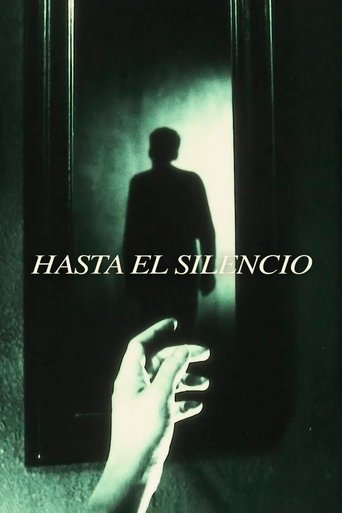
06 Jun 1992

Anna comes from a violent past that has left her a recluse in her solitude.When a man knocks at the door her infancy returns....Will Anna open the door to the universe that she has created for herself to let life enter?

01 Oct 2023

STRATA INCOGNITA, is a trans-scalar and trans-temporal journey across the geographies that articulate soil as an agro-industrial infrastructure, but also as an ecosystem and a somatic archive of crimes, memories and myths.
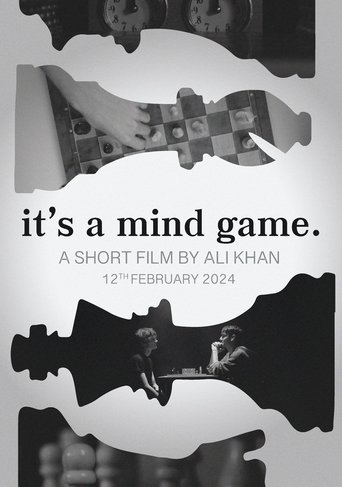
12 Feb 2024

In a dimly lit room, two boys engage in an intense chess match. As tension rises and strategies unfold, the game becomes a battleground of wits and wills, leading to an unexpected climax that goes beyond the boundaries of the board.
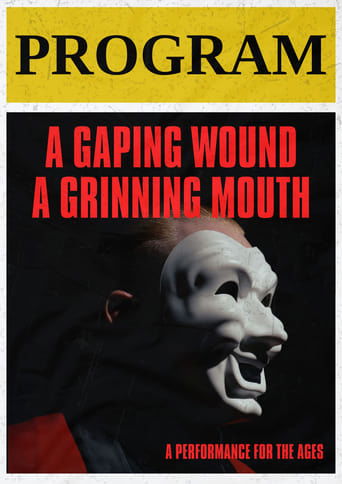
01 May 2024

A surreal horror film following an obsessive actress who finds herself trapped within a cursed theatrical production where she is forced to choose between her career and her life.
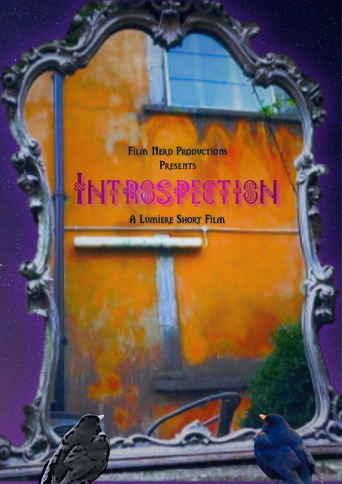
26 Feb 2025

Stephen, a blackbird, comes upon an abandoned mirror in a garden. Upon gazing his reflection for the very first time, Stephen begins to search within. Should Stephen return to his flock, or set out on an adventure to try and find his own way in life?
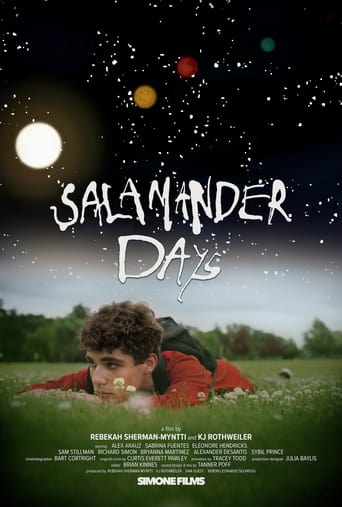
05 Jul 2023

Salamander Days is an atmospheric meditation on friendship, grief, self-discovery, and adolescent consciousness. Set in an American high school, taking place in the midst of a student’s passing, and deeply rooted in the mythology of the salamander, the film explores the concepts of memory and creation, as well as the transformative experience of loss.
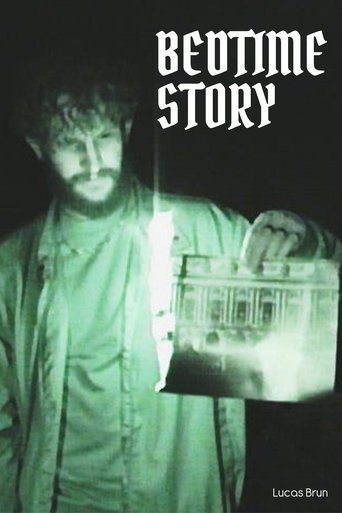
29 Jun 2023

No overview found
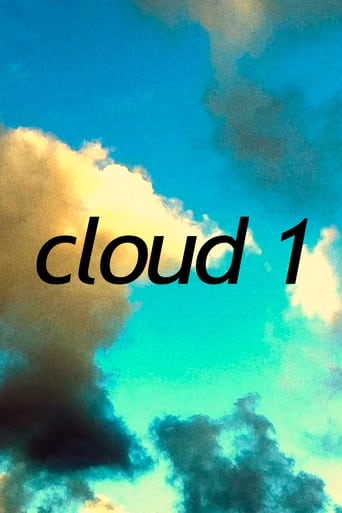
20 Apr 2024

Experimental short film showing a single 10-minute shot of the sky.
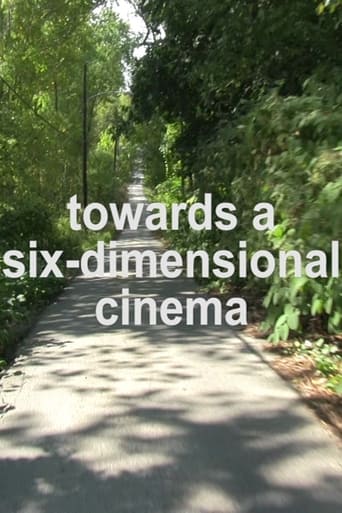
01 Jan 2018

60 minutes of experiments in multi-dimensional cinema using a variety of stereoscopic rigs.
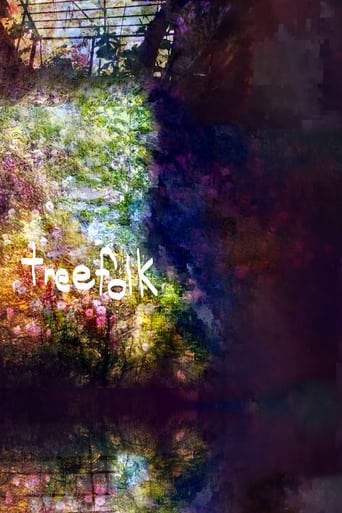

A data moshed experiment using videos of daily life and textures overlayed with components from older videos creating a personal collage of the last few years.
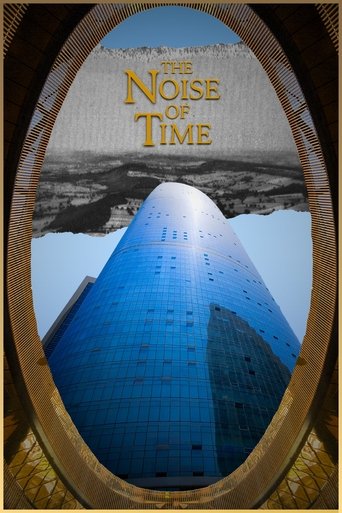
27 Jun 2024

In the town of Xoco, the spirit of an old villager awakens in search of its lost home. Along its journey, the ghost discovers that the town still celebrates its most important festivities, but also learns that the construction of a new commercial complex called Mítikah will threaten the existence of both the traditions and the town itself.
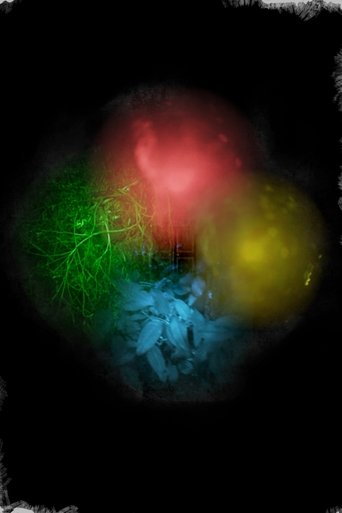
14 Feb 2025

No overview found